CRISPR hack unearths gems buried in ‘dark genome’
Tweaks to the CRISPR gene-editing system allow researchers to spot stretches of DNA that regulate gene expression.
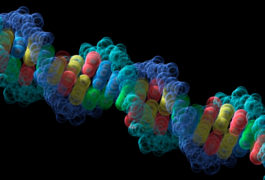
Tweaks to the CRISPR gene-editing system allow researchers to spot stretches of DNA that regulate gene expression.

A woman who smokes while pregnant may increase autism risk in her daughter’s children.

Teasing out how genes interact can offer clues to autism’s causes and point to treatment targets.
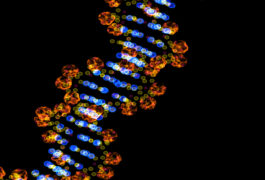
An understudied chemical modification that influences gene expression is abundant in the brains of people with autism.
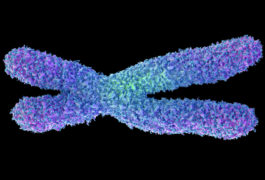
Manipulating pathways that help silence the X chromosome may help treat Rett syndrome, a condition closely related to autism.
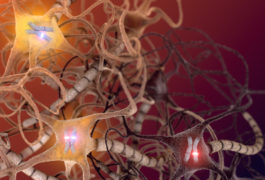
Some neurons preferentially express the copy of a gene inherited from one parent over the other.

High levels of chemicals called polychlorinated biphenyls in a pregnant woman’s blood may raise the risk of autism in her child.

More than one-third of the spontaneous mutations linked to autism crop up in genomic segments that do not code for genes.
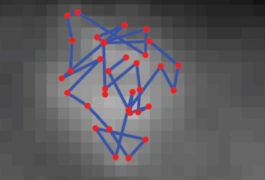
A new method reveals how chromosomes curl within the confines of a cell's nucleus.

Jill Escher is on a mission to spur research into how chemicals in the environment may influence risk for autism.